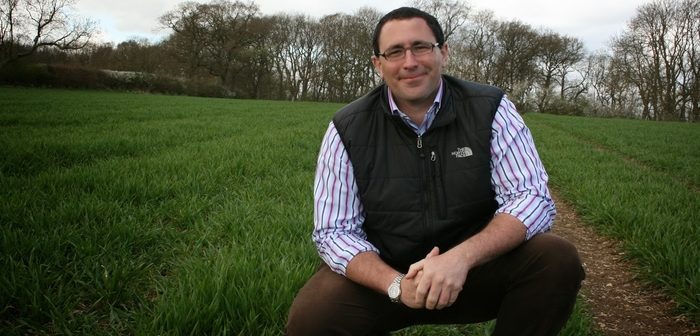Farmers fighting black-grass have managed to drill late and apply pre-emergence herbicides so the battle now moves on to post-ems. Bayer is reminding growers to be prepared to apply Hamlet in autumn to get the best black-grass control.
“Despite spells of wet and windy weather during September and October farmers’ patience has been rewarded with generally good drilling conditions towards the end of October,” says Ben Giles of Bayer.
“It’s still too early to judge pre-emergence herbicide performance but in most cases where application took place soon after drilling onto good seedbeds, I would hope for good levels of control consistent with previous years. However, with some of the most recent drillings, there’s been low rainfall so pre-ems have gone onto a dry soil surface and may struggle without moisture to activate them.”
The next task is to get out and check pre-em performance and follow up with a post-em if necessary. Fields with a dry soil surface but moisture underneath or situations where the pre-em application was delayed are of particular concern. But any land where there is already a high emerged black-grass population may require a post-em sooner rather than later.
Applying post-emergence herbicides such as Hamlet (mesosulfuron + iodosulfuron + diflufenican) in autumn gives the best overall black-grass control. Hamlet is more effective when the target is small (GS11—13) and at this stage is effective against plants with metabolic resistance but later on in spring larger black-grass plants can metabolise the active and survive.
“Trials show that an autumn application of Hamlet or Atlantis (mesosulfuron + iodosulfuron) gives the best control, so if you are not confident in the level of pre-em control prepare to spray as soon as possible. Where pre-em control is good, many farmers will prefer to wait until spring to tidy up other weeds as well as black-grass with the post-em.”
The big challenge for any application at this time of year is getting the right conditions. Ground conditions need to be suitable for travel – not easy from November onwards because soil takes a long time to dry out. Secondly, a relatively calm day is needed because while post-ems should be applied with a fine-medium spray quality to maximise deposition on a small leaf, it is, unfortunately, more prone to drift. Finally, black-grass needs to be actively growing – after a period of prolonged frosty weather plants are unlikely to be actively growing and so the herbicide will not be effective.
“When you look at the set of conditions you need for the post-em, a November or even December application can seem improbable but you may be able to get one or two tank loads on if a spray day does occur. You may not be able to do the full area so target fields that are most in need of robust black-grass control. If you do get the chance to spray add in a residual partner such as Liberator (flufenacet + difliufenican), pendimethalin or prosulfocarb.”
Bayer has two options for autumn post-em control, Hamlet is the best performing and is the first choice but it contains diflufenican (DFF) so pay attention to DFF levels across the whole herbicide programme if following with DFF sensitive crops. If DFF loading is at the maximum for the soil type and rotation then base the post-emergence on Atlantis.




